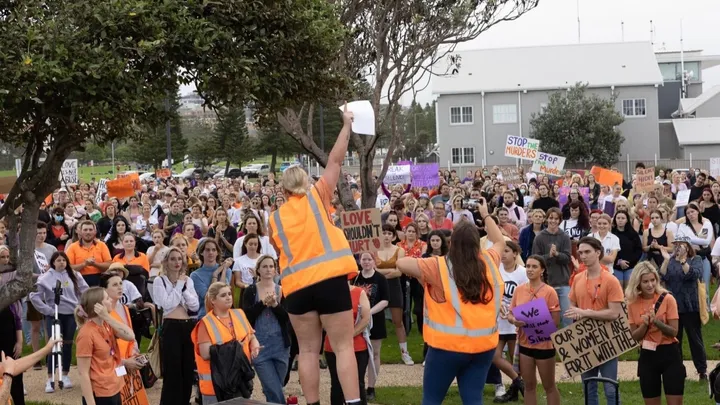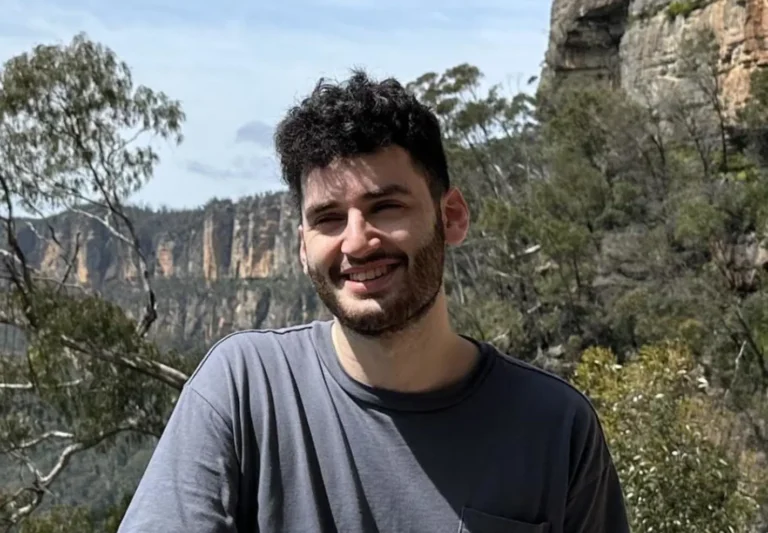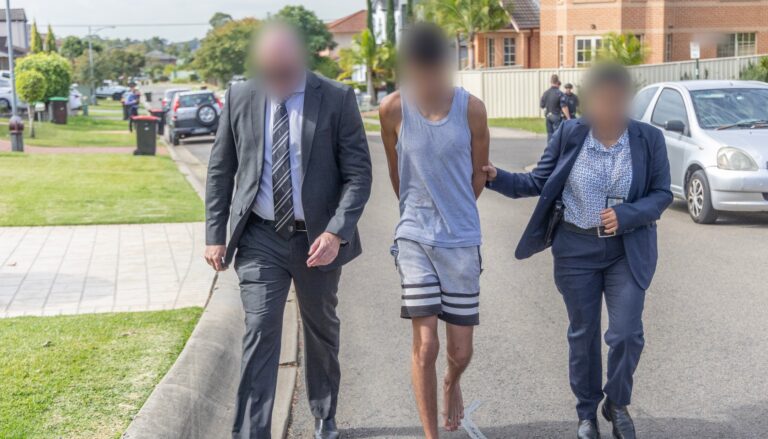
Sydney Morning Herald journalists return to work after week-long strike

BY GEORGIA CLARK AND ALEX EUGENE
Wednesday May 10 marked the end of a one week strike by one of the nation’s biggest media conglomerates, Fairfax. But Fairfax reporter and former City Hub editor, Michael Koziol says he’s confident the strike will have an impact on the proposed number of job cuts.
“From experience, we learn that we do manage to claw back some jobs through [negotiations], so I’m fairly confident that will happen,” he said.
Mr Koziol stood in solidarity with a team of journalists who petitioned against the entities’ proposed axing of 125 jobs, dubbed “executive neglect” and a blow for the fourth estate.
Dr Alexandra Wake, Senior Lecturer in Journalism at RMIT’s School of Media and Communication expressed doubt about whether Fairfax will amend the proposed cuts.
“I doubt that the strike action had any impact at all on management’s decision to cut 125 staff. I do believe, however, it has had an impact on the public who are concerned about it and I note that Labor, Greens and crossbench senators have established an inquiry into the future of journalism to support the public interest,” she said.
Fairfax’s journalists were under no illusion about the $7.2 million Fairfax CEO, Greg Hywood earnt in 2016. Nor were they under any illusion about the dire future of journalism, with Fairfax’s plans to make cuts around the board.
According to Mr Koziol, the week away from work was bittersweet, and for many of his colleagues it was particularly difficult refraining from covering the federal budget, which was released while they were still on strike.
“I think given the amazing public response, we’re in a pretty strong position to say ‘hey, people who consume our work have spoken clearly saying that they don’t want this to go ahead,” he said.
Fairfax, along with News Limited, have a stronghold on the Australian media landscape, and ultimately make up up what the Finkelstein Inquiry in 2012 found to be one of the most concentrated newspaper industries in the developed world.
The strike came as the Fairfax board deliberates over a proposed $2.2 billion takeover by an overseas partnership led by TPG, who already holds a small interest in the company. Under the unsolicited proposal, TPG would acquire Domain, The Sydney Morning Herald and The Age, amongst other assets. In a media release, Fairfax expressed reluctance over the potential impact of the takeover on shareholder value.
“The Fairfax Board notes that there is no certainty that the indicative proposal is capable of being implemented given the complexity involved in splitting the businesses. This proposed split of businesses may not optimise shareholder value,” they said.
The company said they are still confident that they can continue to deliver shareholder value. Many of the current shareholders do not support the proposal, with one company, Henderson, saying it would be too risky.
But it’s not just the shareholders who are uneasy about the proposal. Mr Koziol said the proposal has added to the atmosphere of tension in the office.
“Everyone’s pretty edgy about this potential TPG deal and what that means … if that were to go ahead we’re in a whole new ball game,” he said.
Mr Kozial said journalists will continue to fight for the future of the industry.
“I think I can speak for all of my colleagues in saying that the passion I see in our newsroom every day, the hunger to break stories, to have stories first, to find out surprising things…you can really see it in people’s eyes. That’s what I love about working at the Herald, and doing it with all my colleagues,” he said.









